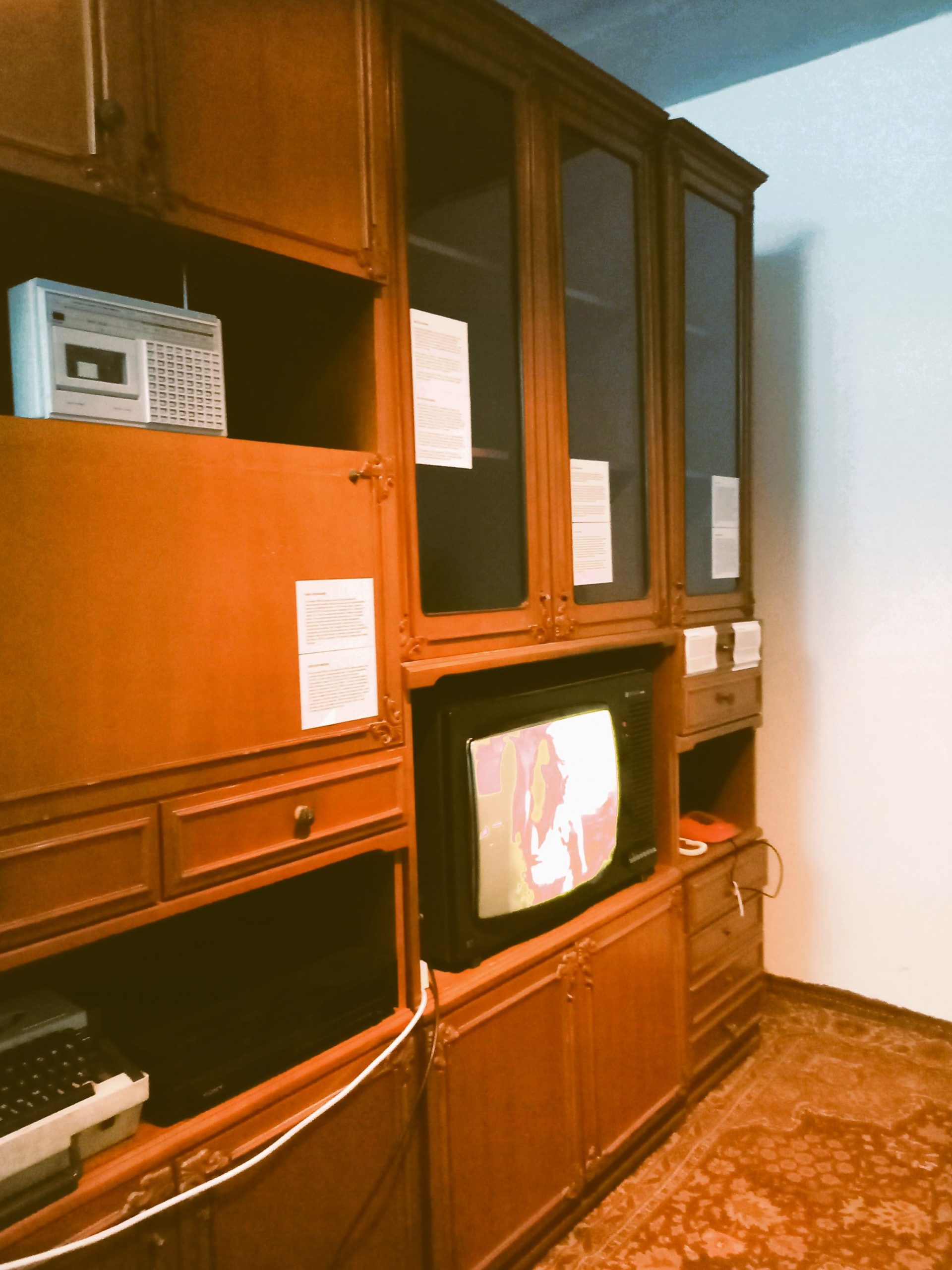In the post-war period, following a brief alignment with the USSR in 1948, a turnaround occurred in the political life of Yugoslavia. The influence of the West, especially America, became increasingly prominent, particularly in the spheres of culture and everyday life.
Upon assuming power, the Communist Party of Yugoslavia made a radical departure from life in the Kingdom of Yugoslavia. Former bourgeoisie, industrialists, traders, and restaurateurs had their factories, shops, houses, and apartments confiscated through laws on confiscation and nationalisation. Private ownership and foreign capital gradually ceased to exist, with the state becoming the owner of everything.
The new communist ideology, under the slogans of renewal, construction, and brotherhood and unity, initiated the construction of a new metropolis. Belgrade, where a third of the buildings were either destroyed or severely damaged during the war, underwent rapid reconstruction, transforming its architecture and way of life.

Inženjer Božidar Jovanović pokazuje predsedniku SFRJ i visokim funkcionerima Grada Beograda plan Novog (privatna arhiva )
Belgrade continued to expand, leading to the construction of new neighborhoods on the city’s outskirts: Banovo Brdo, Karaburma, Konjarnik, Šumice, Braće Jerković, Miljakovac, Čukarica, Kanarevo, Petlovo, and Julino Brdo. Like all growing metropolises, Belgrade, due to a constant shortage of housing and significant migration, also saw the emergence of informal settlements, such as Kaluđerica.
A distinct lifestyle for state officials marked by wealth and privilege came to an end. Dedinje gained the status of an elite neighborhood, hosting Tito’s residence, as well as villas for party officials and foreign ambassadors.
With the growth of standards, citizens’ purchasing power increased, leading to the construction of weekend houses, the purchase of new furniture, appliances, cars, as well as prestigious items such as transistors, record players, and more.
The continuous rise in the number of students, the establishment of new faculties, and the construction of new university buildings also led to the creation of the Student City in Novi Beograd, where around 5,000 students lived. While student dormitories existed in other parts of the city, the Student City housed the largest number of students from all over Yugoslavia.




